
Love the look of traditional batik but intimidated by the process? Make your “batik” prints on fabric using a simple glue resist method.
I have a confession to make.
When I was in third grade, I wanted to be an artist.
When I was in seventh grade, I wanted to be a marine biologist (until I discovered I have a weird phobia about sea creatures underwater).
When I was in high school, I wanted to be the creative director of a magazine, just like Sassy Magazine.
When I was in college, I really wanted to be a fabric/textile designer. But it was too late to change my major (I was a design/illustration major), so I let that dream go.
It never died though.
What I love about the creative spirit is it has many facets. I love to do many different artistic things, and I’m a tough one to tie down and put in a category. I just love to be creative.
Oh, and I love to do what I want so, there’s that. Holler.
Back when I was a young warthog, I took a design class where we learned how to batik. What is batik? It’s a textile technique from Indonesia using hot wax as a resist, along with various dyes.
It was really fun, “drawing” with hot wax, dying our fabric squares in buckets of dye in the hallways of the art department. Awww, the artist life.
RELATED: Rubber Cement Resist Father’s Day Cards
I envisioned myself living in a commune, long hair don’t care, growing my own food, making clothes for my fellow commune dwellers out of batik. Of course, I would be braless. Wait until my mama hears about me wasting my student loans on hot wax and dye, I thought to myself. Eventually, I realized my dream of being a dirty hippie just wasn’t feasible.
Le sigh.
Imagine my excitement when I was cruising the interwebs to find some art project inspiration, and I stumbled upon a few glue resist project that resembles batik. Eeek! I did a batik project for Modern Art 4 Kids a few years ago, but that involved oil pastels and didn’t give it the look I was going for. The glue resist projects looked easy and I already had everything I needed in my supply closet.
What you’ll need:
- Elmer’s Washable Clear School Glue
- craft paint brushes
- Apple Barrel craft paint
- muslin fabric
- wax paper
You can use muslin and cotton or you can do what I did which was find a bunch of old sheet sets that I store in the event of a zombie apocalypse (when I’ll really need a flat and fitted sheet), and cut it up into squares. You can use Elmer’s blue glue gel or the clear gel, it doesn’t matter–just make sure it’s washable.
Depending on the size of your fabric square (don’t limit yourself–you can also do this technique on t-shirts, tote bags, scarves, pillowcases, etc.), take a minute to think about your design. Do you want a pattern like chevron stripes or squares? Do you want an abstract effect? Flowers? Whatever you do, own it!
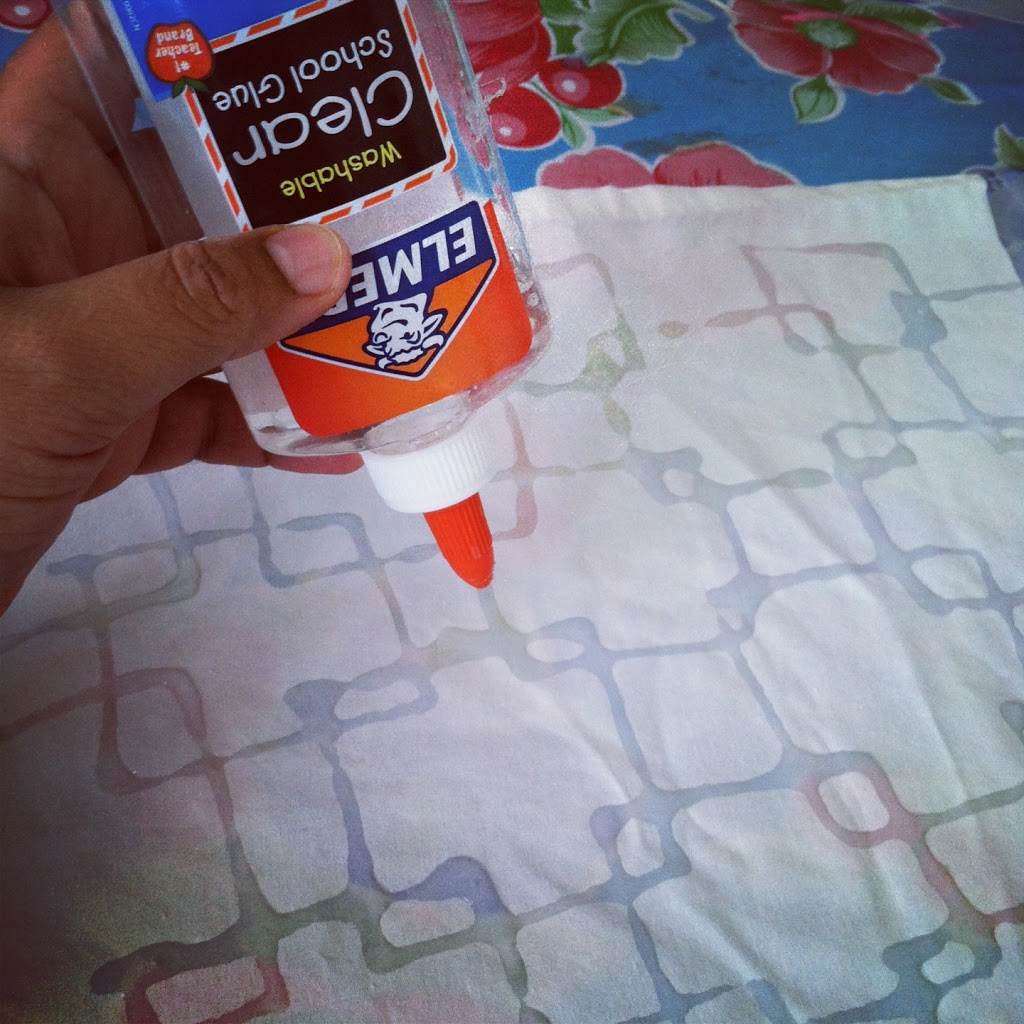
Make sure you buy some wax paper. Cut a square to fit underneath your fabric square. This will keep your mess to a minimum and it’ll make it easier to move your fabric around.
RELATED: DIY Ombre Painted Baskets
The glue flows out pretty smoothly, so kept your hands steady. Don’t glob a bunch of glue on your fabric because it does spread. Too much glue and you won’t be able to maintain the integrity of your design. Do a few different designs–I did. It’s addicting! I took them all outside to dry in the sun.
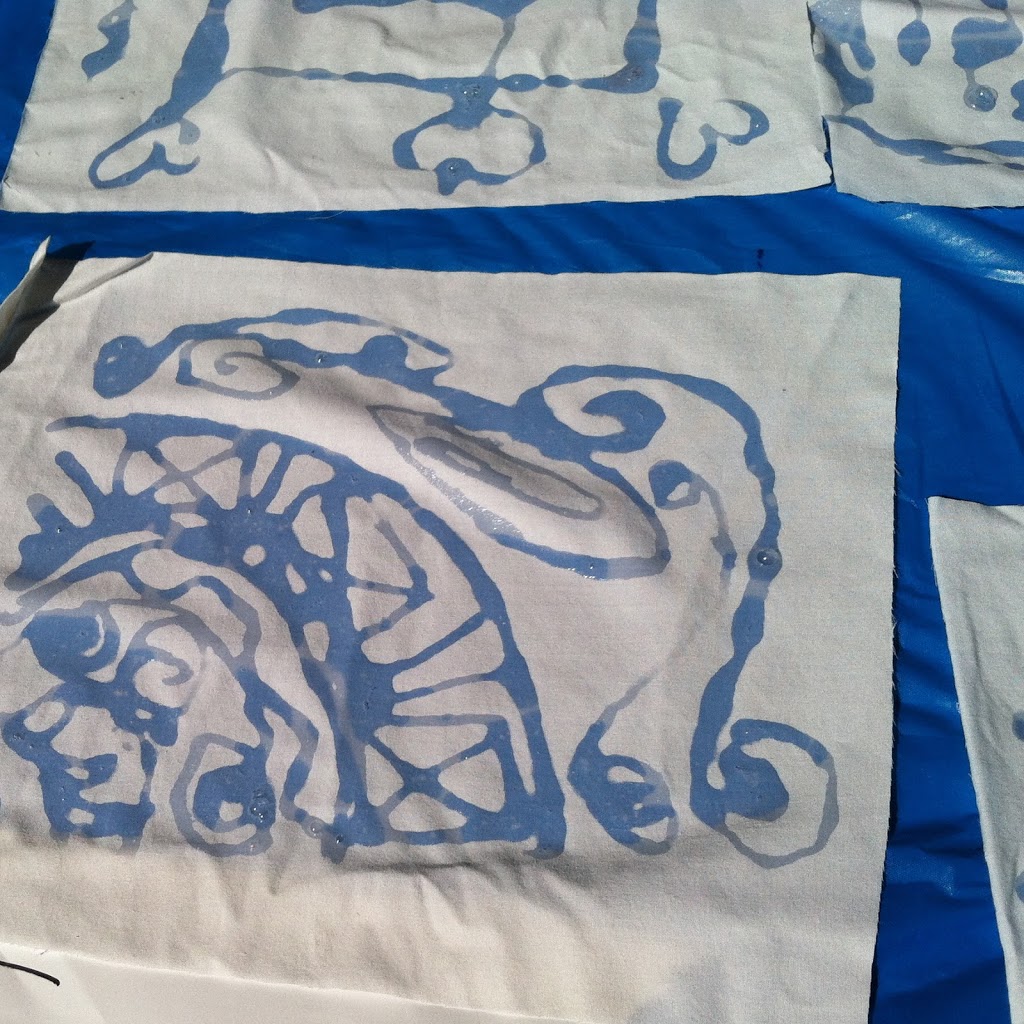
Once your glue is dry, it will be clear. I let my design dry overnight. Now you can paint it. I used craft paint but you could also use watered-down acrylic paint, watercolors, tempera paint. I just love craft paint because of all the colors you can use.
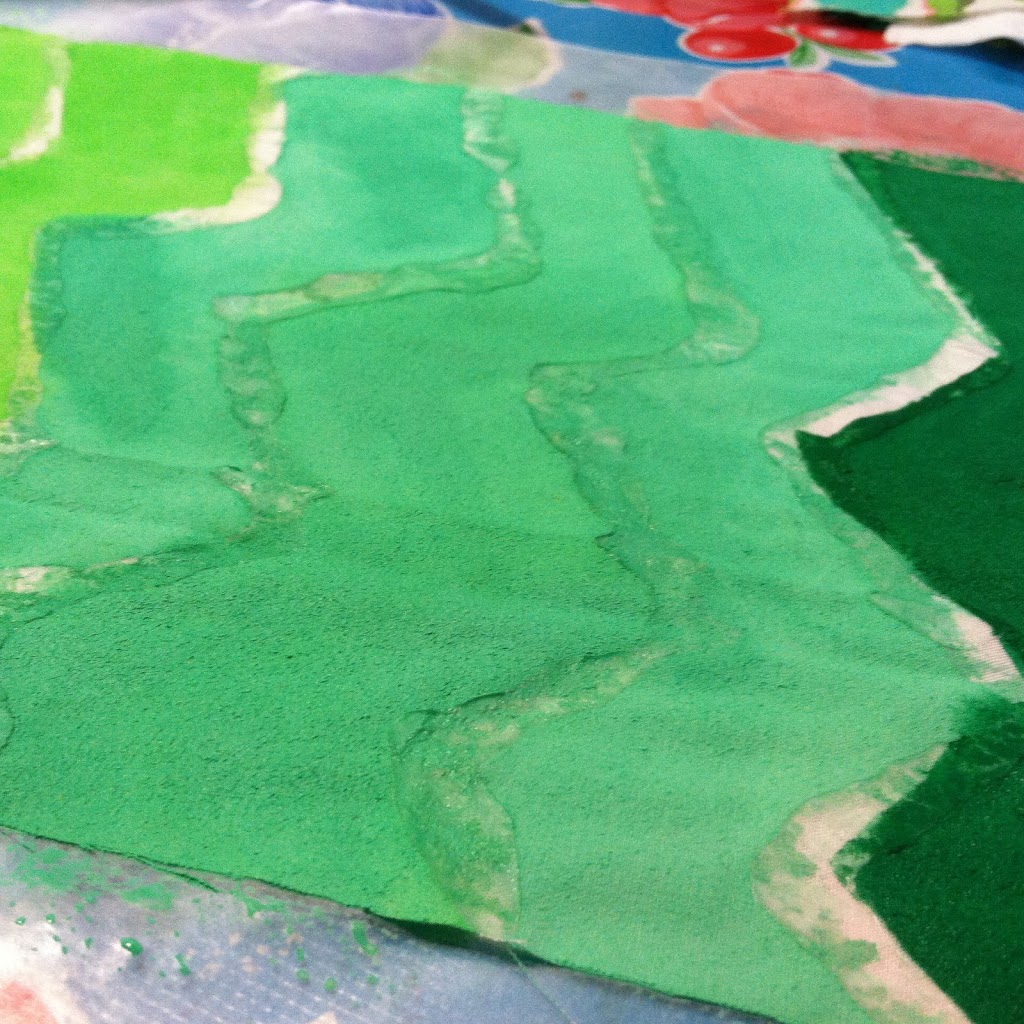
Brush the paint onto the fabric square, right over the dried glue. You can blend your colors, create patterns, splatter your paint–you make the rules, babe. Once your fabric is fully painted, let it dry. Now you can take your fabric square and rinse the glue off in warm water. You’ll feel the glue parts are a little slimy. Just keep rinsing until all the glue is out of the fabric. You’ll begin to notice the white parts on the fabric that resisted the craft paint.
Very cool!
I’ve discovered that the stronger you want your colors to look, the more you should let your fabric square dry. If you want a more subdued color, rinse your fabric while it’s still damp-you’ll see more of the craft paint rinsing out. A few other things I learned: don’t use black. At the very least, use it sparingly–it just looks moldy.
Ew.
Once they were rinsed and dried, I was really happy with the results.
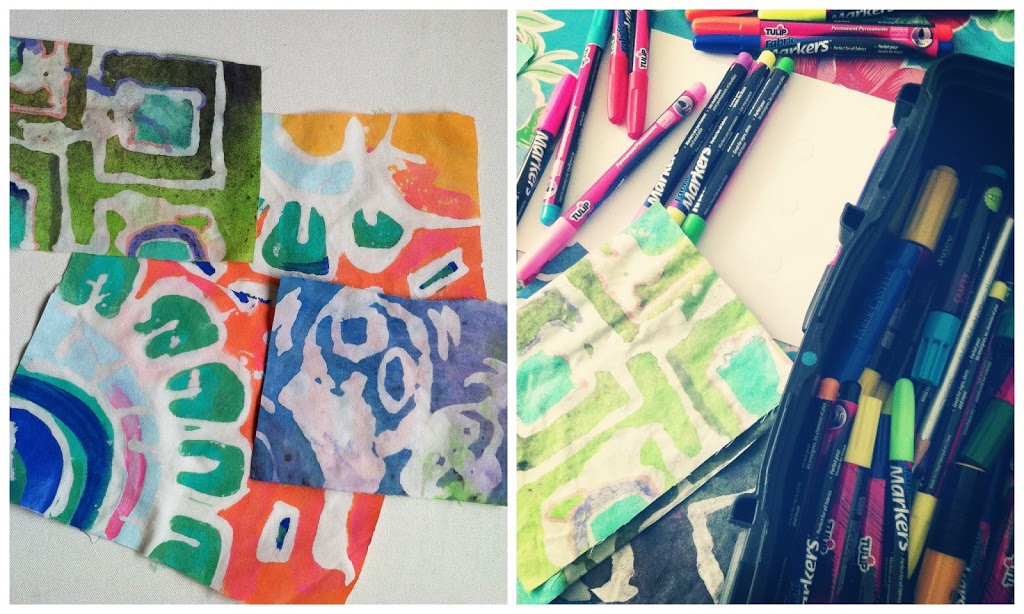
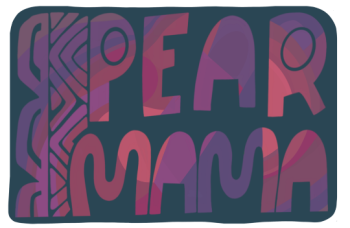


love it! forgot about this awesome project. by the way love your whole blog, west coast is the best coast 😉
Throwin’ up my W!!!!
LOVE this. saw something similar done with fabric dye but this is less mess
I love this! Can I do this with tie dye instead of paint though? This would make gorgeous sheets.
Definitely try it with tie-dye! It would come out amazing!
Love it! I’m taking my daughters to Bali next week, and I’m going to do this project with them this week as we learn a little about the culture. Thanks!!
Good blog…
Do you think white washable school glue would work as well?
It does but I found it doesn’t dry as evenly and you end up with globs on your fabric. Definitely stick to the glue gel.
I want to do this technique on a tee, is there a paint you would suggest that wont be crunchy and will last?
Thank you!!
Unfortunately, most “fabric” paints still end up feeling crunchy. The one I’ve had the most success with is Deco Art SoSoft fabric paints.
I would try “painting” with RIT dye and a brush.
I wanted a big tapestry to brighten up my apartment, but they’re sooo expensive! I found this tutorial and prayed it would work on a larger scale. I used a twin sized 60% cotton, 40% polyester white bed sheet. I used Elmer’s glue as the resist and the cheapest tie dye from Walmart. My design was a big hot air ballon on a blue “sky” background. I drew the picture out with a yellow washable marker. I laid out a giant tarp and “painted” the dye on with different sized sponges. I tried for an ombre look on the balloon by starting with pink and mixing in a spoonful of yellow dye powder every layer down. I was a bit worried the dye wouldn’t stay well on the partially synthetic fabric, so once it was done I let it dry, folded it up, and let it sit for a week. I washed it with ice cold water in the bathtub; the glue and marker came right out! I had pretty low expectations on this project, since I wouldn’t consider myself an artistic person, but it turned out way better than I thought possible! The colors blurred a little, but if I had been more careful I could have prevented that. I plan on doing several more, probably with abstract designs, so there’s a little more forgiveness in the bleeding! Thanks for the awesome idea!
This makes me so happy to hear! What an awesome idea — I’ve got to try this on a bigger scale, too.
have you ever tried this technique and soaked the fabric in a dye bath?
I never have but I bet it would look fab!